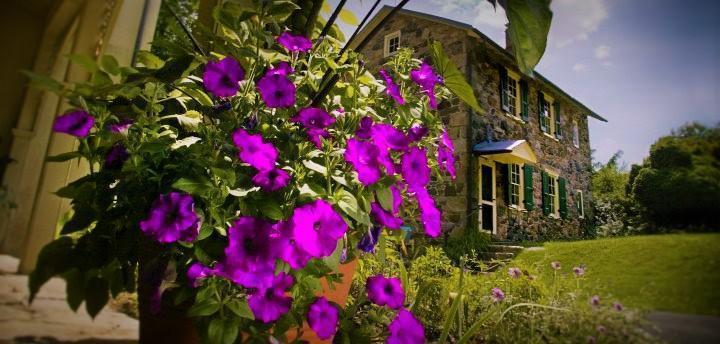Philadelphia, PA—A city steeped in history, Philadelphia also boasts a rich horticultural heritage that has blossomed since its founding by Quaker pioneer William Penn. Attracted by the promise of religious tolerance, Quakers flocked to this newfound city, seeking a deeper connection with God through nature's embrace. Today, this legacy thrives, with Philadelphia proudly claiming the title of America's garden capital.
Philadelphia: America's Garden Capital - A Flourishing Legacy
Within a 30-mile radius of Philadelphia, over 30 gardens flourish, many dating back to the pre-Revolutionary era. This concentration of horticultural gems has earned the city its reputation as a heavyweight in the gardening world. From the nation's oldest botanical garden to the site of its first Japanese garden, Philadelphia offers a diverse array of botanical experiences to enchant researchers, home gardeners, and nature enthusiasts alike.
Exploring Philadelphia's Floral Delights
Awbury Arboretum: Nestled in Germantown, this 55-acre arboretum, once the Cope family's summer residence, showcases English-style landscapes, meadows, wetlands, and thriving greenhouses. Visitors can enjoy its trails, diverse birdlife, and the community farm that nourishes local markets and hunger organizations.
Bartram's Garden: Founded in 1728 by Quaker botanist John Bartram, Sr., this historic garden is a living testament to early American horticultural practices. Explore the 18th-century Bartram House, wander through colonial-era greenhouses, and discover rare plant specimens, including the oldest ginkgo tree in North America.
Historic Philadelphia Gardens: Tucked away within the city's historic district, these five hidden gardens offer glimpses into colonial landscaping styles. Each garden tells a unique story, from the geometric 18th-century Garden to the magnolia-filled tribute to George Washington's favorite flower.
Morris Arboretum: This 92-acre arboretum, gifted to the University of Pennsylvania by the Morris family, showcases a diverse collection of plants, gardens, and sculptures. Visitors can explore its rolling hills, serene Swan Pond, and the interactive Tree Adventure exhibit.
Shofuso Japanese House and Garden: Experience the tranquility of this traditional 17th-century Japanese house and garden. Stroll along the pond, feed the koi, and immerse yourself in the beauty and serenity of Japanese culture.
Wyck: This National Historic Landmark in Germantown offers a glimpse into nine generations of Quaker family life. Explore the historic house, the oldest garden in its original plan in America, and the vibrant community programs that continue to enrich the neighborhood.
Longwood Gardens: Once a simple arboretum, Longwood Gardens has been transformed into a world-renowned horticultural destination thanks to Pierre S. du Pont's vision. Experience the magic of its sprawling gardens, innovative displays, and captivating fountain shows.
Tyler Arboretum: Spanning 650 acres, this former farm-turned-public garden offers a haven for nature lovers. Hike through its diverse trails, marvel at its extensive plant collections, and explore historic buildings and treehouses.
Scott Arboretum: Designed to inspire and educate, this arboretum showcases a stunning array of native and cultivated plants. Discover the beauty and resilience of regional flora through its captivating displays and educational programs.
Philadelphia's horticultural legacy continues flourishing, enriching the city's landscape and inspiring generations of gardeners and nature enthusiasts. With its abundance of botanical treasures, Philadelphia truly lives up to its moniker as America's garden capital.


